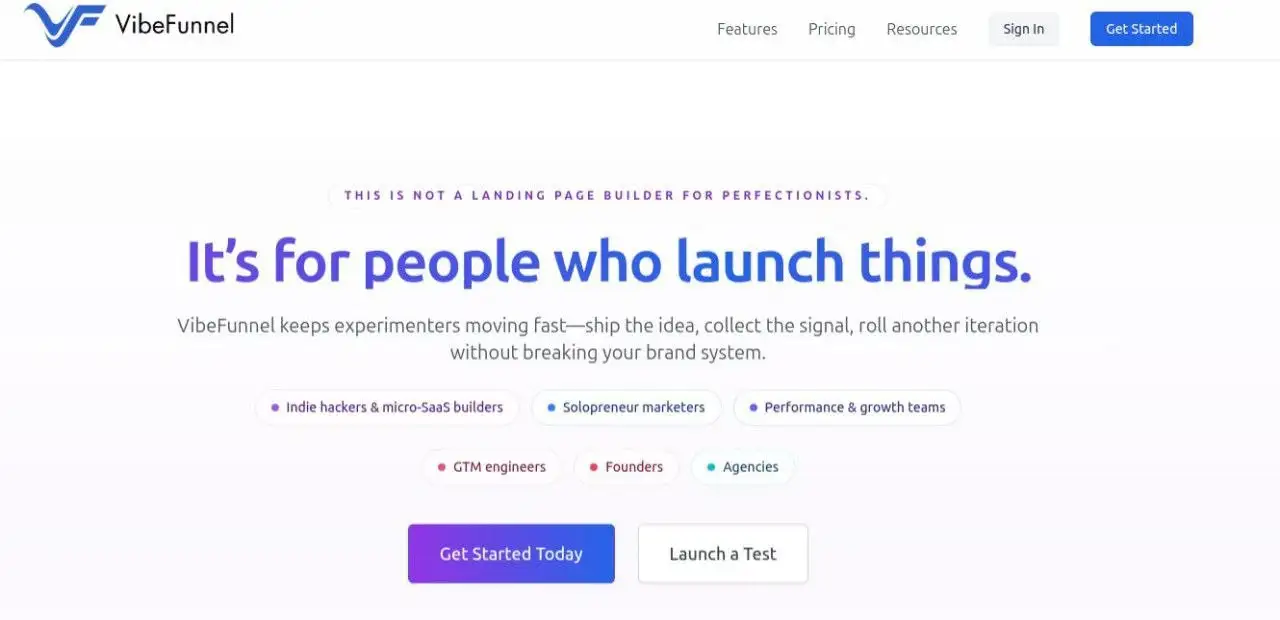
As blockchain technology continues to grow beyond just cryptocurrencies, more and more businesses are turning to permissioned blockchain networks to promote transparency, security, and collaboration.
One of the best in this field is Hyperledger, an open-source blockchain initiative backed by the Linux Foundation. Designed specifically for enterprise needs, Hyperledger offers a modular framework that enables organizations to build customized blockchain solutions.
In this article, we will discuss the essential elements of Hyperledger blockchain development, giving you a clear idea of how it works and why it is becoming a preferred choice in various sectors including finance, supply chain, healthcare, and beyond.
Hyperledger Fabric stands out as the most popular framework in the Hyperledger ecosystem. Its modular design and plug-and-play components make it a great choice for building scalable and secure enterprise applications.
Key features include:
Due to its privacy and flexibility, Fabric is a great solution in industries such as banking and logistics.
In the world of Hyperledger Fabric, smart contracts are called chaincodes. These programs outline the business logic of the network and operate on peers. Developers have the option to write chaincode in:
Chaincode comes in handy during transaction processing, helping to validate and update the distributed ledger.
The Membership Service Provider (MSP) plays a key role in managing identities and controlling access. It ensures that only verified and trusted participants can join the network. Using public key infrastructure (PKI) and X.509 certificates, the MSP facilitates:
This is crucial in permissioned networks, as it maintains accountability and data integrity.
The ordering service is responsible for maintaining the order and consistency of transactions in the blockchain. It collects transactions from all peers, organizes them into blocks, and sends them to the network. Fabric supports various consensus mechanisms, including:
This flexibility in choosing a consensus model makes Fabric adaptable to a wide range of organizational needs. 100% of your text is likely generated by AI
New version:
Peers are the essential nodes that keep the ledger running and execute the chaincode. There are two main types of peers:
Peers also host smart contracts and maintain the current state of the ledger, making them a vital part of the network’s operations.
In Hyperledger, the ledger is made up of two major components:
Each transaction is logged in a block, ensuring both transparency and immutability.
Hyperledger provides a variety of development tools to make blockchain solutions more intuitive and more efficient:
These tools are designed to help developers, administrators, and stakeholders easily interact with the network.
Hyperledger blockchain development offers businesses a great opportunity to build private, secure, and scalable blockchain networks. With modular components like Fabric, Chaincode, MSP, and ordering services, developers can create customized blockchain solutions that meet the specific needs of real-world enterprises.
If you are considering a robust Hyperledger-based solution, Technoloader, a top-tier Hyperledger blockchain development company, is here to help you build scalable and personalized blockchain applications that align perfectly with your business objectives.
On-Chain Media articles are for educational purposes only. We strive to provide accurate and timely information. This information should not be construed as financial advice or an endorsement of any particular cryptocurrency, project, or service. The cryptocurrency market is highly volatile and unpredictable.Before making any investment decisions, you are strongly encouraged to conduct your own independent research and due diligence
Tags :

0 Comments
Show More

I compared Kraken, WhiteBIT & Coinbase to show which fits your business best.

VibeFunnel launches an AI platform that boosts landing page conversions with automated testing, real-time insights, and brand-consistent design.

If you think money will look the same in 10 years, you’re seriously underestimating technological progress.
On-Chain Media is an independent, reader-funded crypto media platform. Kindly consider supporting us with a donation.
bc1qp0a8vw82cs508agere759ant6xqhcfgcjpyghk
0x18d7C63AAD2679CFb0cfE1d104B7f6Ed00A3A050
CBaXXVX7bdAouqg3PciE4HjUXAhsrnFBHQ2dLcNz5hrM
Contains the last 12 releases